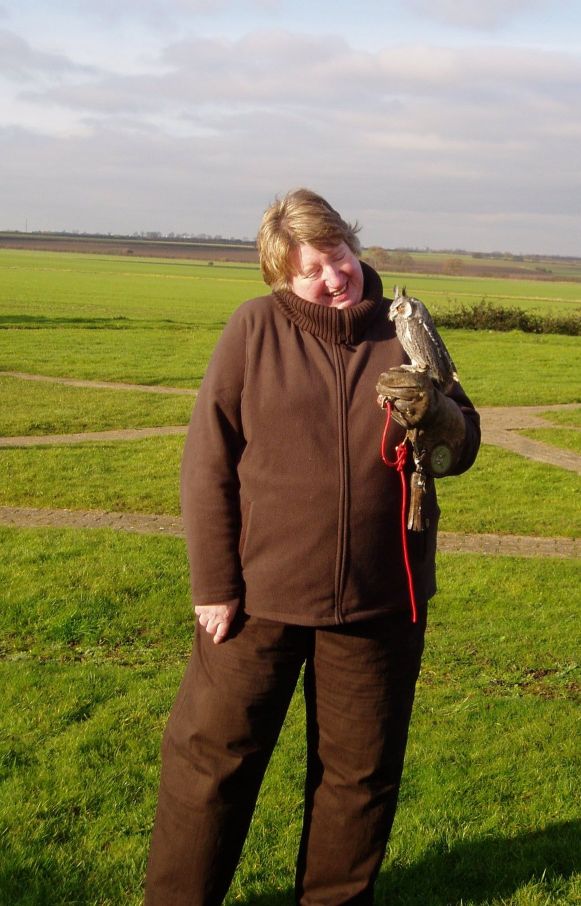

Shirley died suddenly on Monday 27th January at 23:15. Here are details of what happened :-
On the 27th of January my wife collapsed in the kitchen and was unconscious for about a minute. As she regained consciousness I got her into the recovery position and, after discussing it with Shirley and a first aid trained friend, called the 111 Emergency Service at 18:45.
The response of the Emergency services was poor taking just over 4 hours to get Shirley to Addenbrooks Accident and Emergency Department. I have now had a copy of both the Coroners enquiry report and the East Of England Ambulance service NHS Trust's own internal report and below is an outline of the main findings.
The call was assessed as needing a 30 minute response (disposition code DX012 or Green 2 ambulance response) which I believe was adequate from the symptoms and from talking to my wife who, at that point, thought that a few minutes rest would return her to normal. The call handler flagged the call to a clinician who agreed the DX012 disposition code was appropriate. It took a further 21 minutes from receiving my call to pass the information to the East of England Ambulance Trust (EEAT). It took 2 hours for a paramedic to arrive and the Rapid Response Vehicle (RRV) actually arrived on scene at 20:45.
The paramedic assessed my wife's condition and, at 21:00, called for a Hot 2 (status 2) ambulance. At 21:18 the paramedic upgraded the call to a Hot 1 (status 1) category, the most urgent category. The upgrade was not passed on by the Trusts control room nor recorded on the CAD(Computer Aided Dispatch) and, although recorded on the radio traffic, and 3 local ambulances on lower priority calls being available locally, the call was left awaiting the availability of an ambulance. The ambulance arrived on scene at 21:59 and left the scene on route for Addenbrook's Hospital at 22:30 arriving at A&E at 22:47. My wife suffered a cardiac arrest as she was being wheeled into A&E at Addenbrooke's just over 4 hours after the initial call and was pronounced dead 30 minutes later. I understand from the A&E consultant who attempted to save her that, if she had arrived within the first hour, there would have been a small chance of a better outcome. The diagnosis was a pulmonary embolism.
A summary of the basic failings by the East Anglian Ambulance Trust during this event
If I could do it again, knowing what I know now, what would I do different?